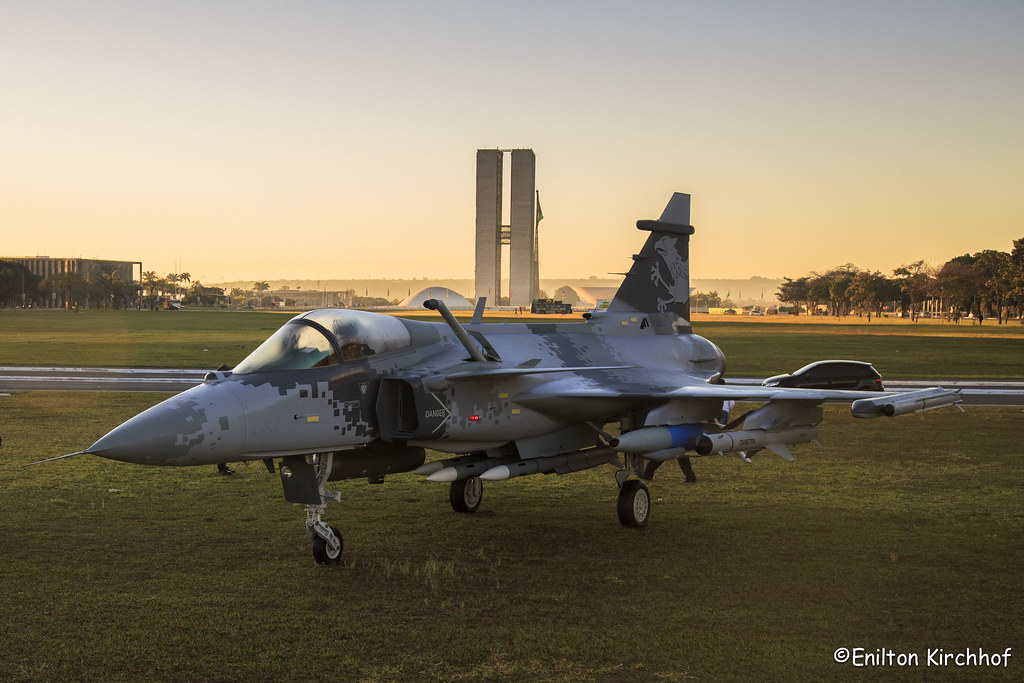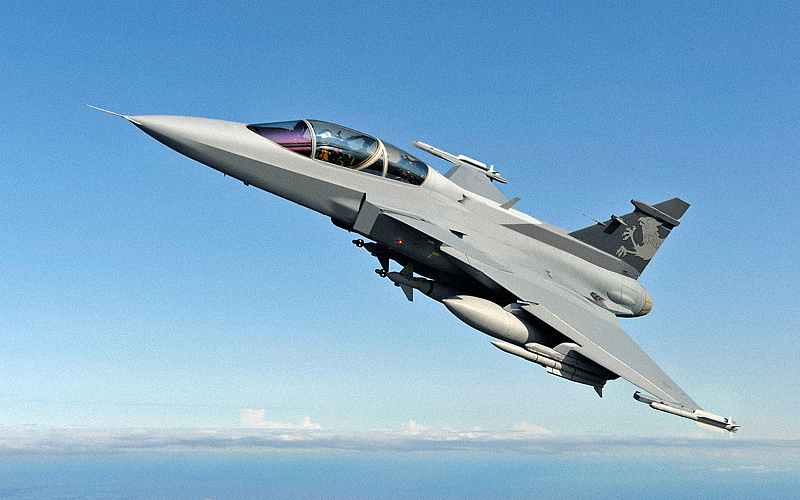Tässä ajankohtaista pohdiskelua. Käsitelty mm. täällä pinnalla olleita teemoja. Ihan jokaisesta asiasta en ole välttämättä samaa mieltä, mutta herättelevää luettavaa.
http://aviationweek.com/defense/new-world-ordnance-singapore-airshow
To understand the future of air-to-air warfare in Asia, take a careful look at the flying and static displays here. The Malaysian air force’s Su-30MKM is putting on a show that reminds you that the jet was impressive before the astonishing Su-35S – coming to local theaters soon – joined the show circuit. The
Rafale is back. On the ground, Singapore’s
F-15SG and F-16D are familiar, but some of their features bear a second look.
It’s been a while since anyone claimed in public that the
Lockheed Martin F-35 Joint Strike Fighter would have a 6:1 air combat advantage over any not-as-stealthy competitor. I don’t know whether the U.S. Air Force ever believed this, but if they still did, they would not be spending billions on upgrades to their 30-to-35-year-old F-15Cs.
It will be some time, in any scenario, before stealthy aircraft are a big part of the Asia-Pacific fighter inventory, but the Sukhoi family also forces adversaries to look at two other aspects of fighter capability: electronic warfare and weapons.
In October 2012, the supercarrier USS
George Washington paid a visit to Malaysia that included a photo-op formation of Super Hornets and Su-30MKMs. Hanging on the wingtips of the Sukhois were fat cylindrical pods – Russian-made KNIRTI SAP-518 active jamming systems. The SAP-518 is not only big and powerful but uses state-of-the-art digital radio-frequency memory (DRFM) technology. Maybe it can beat an attack by an
AIM-120C advanced medium air-to-air missile (Amraam) and maybe it can’t, but . . . Do you feel lucky today?
The proliferation of DRFM jamming – the Russians design the DRFM chips but have them made in foreign foundries, which are where you’d expect them to be – triggered renewed U.S. attention to EW self-protection systems after decades of neglect: aside from the Super Hornet’s ALQ-214, the Pentagon hadn’t sponsored a new active jamming system for a fighter since the 1980s.
Israel, Singapore and others had seen that gap earlier, which is why the various warts and excrescences on the Singapore air force fighters here bear examination. The F-16D has a self-protection suite by Elbit’s Elisra subsidiary. The F-15SG’s digital electronic warfare system is also reportedly from Israel.
The F-15SG has a more jamming-resistant active electronically scanned array (AESA) radar and, if the adversary’s EW is still a problem, an infrared search and track (IRST) system. The U.S. Air Force is now funding AESAs, IRST and new EW for its F-15s. The Rafale’s presence is a reminder, too, that
Dassault,
Saab and the Typhoon partners addressed the EW issue from the outset.
The Sukhoi fighters’ agility challenges weapon design. That the jet is a difficult target for Amraam is beyond serious dispute: the range at which Amraam has a high kill probability declines sharply as targets become more evasive. It was why the MBDA Meteor was developed in the first place.
All the Euro-canards are getting Meteor (it will be fully operational this year on
Gripen). Other recent AAM disclosures and program starts include Rafael’s I-Derby Extended Range – which, among other things, buries Derby’s low-key reputation as an Amraam substitute – and the new-build version of the MBDA Advanced Short-Range AAM. The new Asraam takes a leaf out of Rafael’s strategy book by using commonality with land- and sea-launched missiles to reduce cost.
The U.S. AAM program, by contrast, seems disorganized. The fundamental limitation on Amraam is motor size, because the weapon was designed to fit the
F-16’s wingtip mounts. The same applies to the
AIM-9X, designed around old Sidewinder motors – the fatter Asraam has 70% more volume per unit length. Management is split between the air force (Amraam) and the navy (AIM-9X), with some work being done by the
Defense Advanced Research Projects Agency, and it seems likely that a further complication is the presence of black programs.
The result is that projects like the longer-range AIM-9X Block III and Joint Dual Role Air Dominance Missile have come and gone, and minimally funded studies proliferate (
Raytheon got $14 million in January for two self-defense-missile concepts), but nothing beyond the AIM-120D is in sight. Black-world miracle missiles will not be available to allies, and neither will foreign missiles on U.S. aircraft: it literally took an act of Congress to get money in the 2017 budget to test the MBDA Brimstone on the Super Hornet.
F-16 operators may elect to live with these limitations as they upgrade their aircraft, but in the mid-term, EW and weapon considerations could work to the benefit of the European fighters, with sensor fusion, IRST, built-in EW and a wider choice of weapons.




